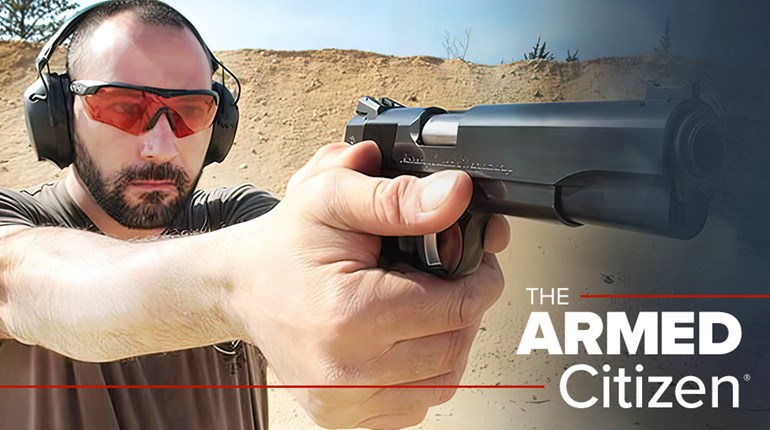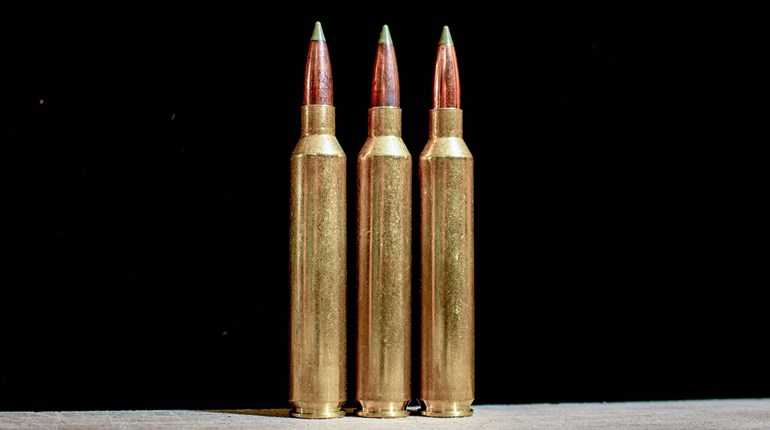
The demand for defensive handguns has never been higher and the most desirable handguns are compact and sub-compact semi-automatics chambered in 9 mm. Back when I entered law enforcement in the early 90s, things were different; duty-sized guns chambered for the .40 S&W were what was hot. The thing that made things different was the desire of everyday citizens to carry a concealed handgun. A duty-sized .40 S&W is not easy or necessarily comfortable to carry concealed.
In addition to that, sub-compact .40 S&W pistols are not very comfortable to shoot. They can generate as much as 30 percent more recoil than a 9 mm pistol, without offering that same level of increase in terminal performance. Not only are .40 S&W pistols less comfortable to shoot, they do not hold as much ammunition as a comparably sized 9 mm. The .40 S&W, which was not all that long ago the darling of law enforcement, is now falling from grace. One could argue that its time in the spotlight is over.
A substantial contribution to the .40 S&W's decline in popularity was the announcement by the Federal Bureau of Investigation (FBI) that they were returning to the 9 mm. This was shocking to folks who have followed and trusted the FBI’s work with regard to the terminal performance of handgun ammunition, especially considering that the FBI is the reason we have the .40 S&W. In case you didn’t know, after the 1986 FBI shootout in Miami, the Bureau began a search for the ultimate bullet and defensive handgun cartridge. The .40 S&W and the popular FBI guidelines for defensive handgun ammunition performance was the result of these efforts.

Essentially, what the FBI has found after years of data analysis is that from a practical standpoint with modern munitions, the .40 S&W is no better at making bad guys stop doing bad things than a 9 mm. Though I’m not sure the clinical analysis of data was need for this revelation, they also discovered that 9 mm pistols were easier to shoot than those chambered for the .40 S&W. These facts, combined with a 9 mm pistol’s ability to hold more ammunition, were the driving factors that led to the FBI switching back to the 9 mm.
As it has been since 1990, local law enforcement tends to go the way of the FBI when it comes to duty guns. As the FBI began transitioning to the 9 mm, so did law enforcement agencies all across America. And, as it has also been since…well, forever, the citizenry tends to follow the lead of the cops.
To add to what appears to be the death of the .40 S&W, we are now seeing a resurgence of the 10 mm. Ironically, it was reduced power 10 mm ammunition that established the performance parameters of the .40 S&W. It would seem however, that those who are willing to accept a full-size .40 S&W pistol and its increased recoil over a 9 mm, are just as willing to step up to the 10 mm with sort of a “go big or go home” kind of attitude.
It should be pointed out that the .40 S&W was in all honesty nothing but a compromise cartridge. It offered a balance between the caliber and bullet weight advantage of the .45 Auto, with the capacity and shootability of the 9 mm. This compromise or balance was a great idea. On the other hand, and as history has shown, law enforcement and those who carry defensive handguns on a regular basis were not all that interested in ballistic compromise or balance.
In the end, what won out was the combination of comparable terminal performance, ease of carry, comfortable recoil, and compactness of the 9 mm. The .40 S&W is an excellent cartridge for the defensive handgun, it has just proved to be not enough better than the easier-carrying, higher-capacity, and softer-shooting 9 mm to matter.






































